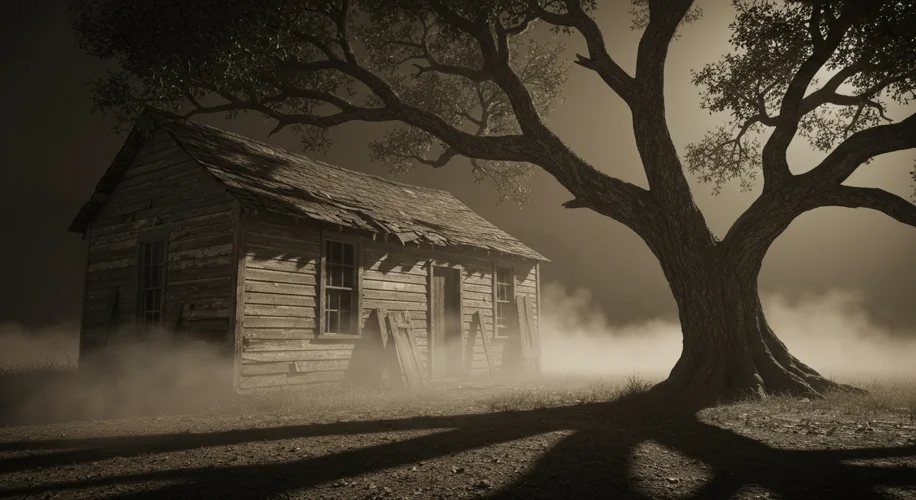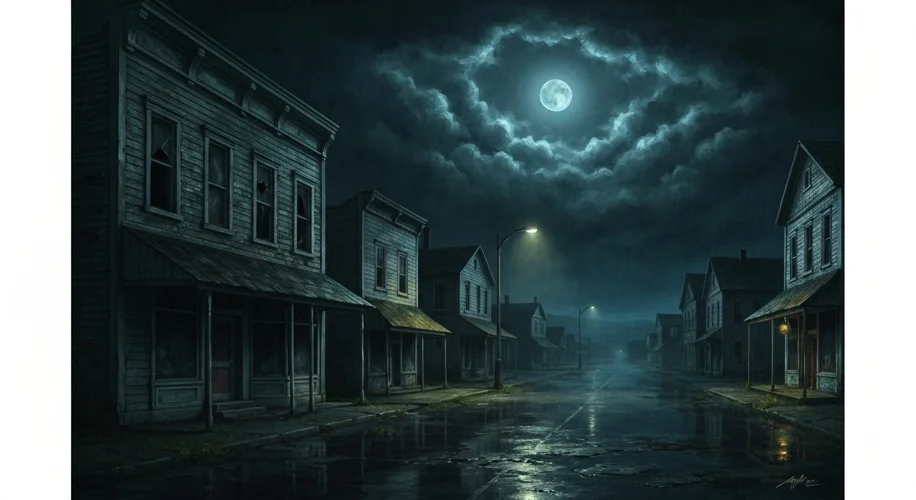The air in the Deep South during the Great Depression was thick with more than just dust and despair. It was also heavy with superstition, whispered charms, and the lingering belief in forces beyond the everyday struggles of survival. While the world grappled with economic collapse, the people of the South often turned to a different kind of power – the potent, often comforting, magic of folklore.
The years of the 1930s were a crucible for America, and the Southern states bore a particularly heavy burden. The boll weevil had ravaged cotton crops, followed by the relentless drought that turned fertile land into barren, wind-swept plains. Families faced eviction, hunger, and the gnawing uncertainty of tomorrow. It was in this environment, stripped bare of material comforts, that the intangible threads of magic and folk belief seemed to gain an even stronger hold.
Think of the Coen Brothers’ film, “O Brother, Where Art Thou?” While a fictionalized account, it brilliantly captures this pervasive atmosphere. Ulysses Everett McGill and his companions, on their desperate journey, encounter a blind seer whose pronouncements seem to guide their path, a siren song that lures men to their watery doom, and a baptism that offers a chance at redemption, however fleeting. These elements aren’t mere cinematic embellishments; they are echoes of a genuine cultural landscape where the veil between the mundane and the mystical was thin, especially for those on the fringes of society.

Folk remedies were not just quaint traditions; they were often the only recourse when doctors were unaffordable or miles away. A poultice of mashed potatoes for a burn, a gargle of salt water for a sore throat, or a rabbit’s foot for luck – these were not just placebo effects for many. They were tangible acts of agency in a world that offered little control. More elaborate charms and incantations were also common, used to ward off evil spirits, ensure a good harvest, or even to mend broken hearts. These practices often drew from a rich tapestry of African, Native American, and European folk traditions, woven together by generations of Southern communities.
The figure of the “conjure man” or “root doctor” was a significant one. These individuals, often possessing a deep knowledge of herbs and an uncanny intuition, were sought out for everything from healing to cursing. They were intermediaries between the spirit world and the community, their services both feared and respected. Their practices, while often dismissed as superstition by outsiders, provided a sense of comfort and empowerment to those who felt abandoned by society and by God.
Consider the prevalence of belief in ghosts and spirits. In the impoverished rural South, where life was often precarious and death a frequent visitor, the presence of the departed was a palpable reality for many. Stories of hauntings, spectral apparitions, and ancestral spirits offering guidance or warnings were common currency, passed down through oral tradition. These beliefs offered a framework for understanding loss and the mysteries of life and death, providing a sense of continuity in a time of immense upheaval.
The “O Brother” film also highlights the tension between these folk beliefs and the rising influence of organized religion, particularly the fervent evangelism that swept through the South. The fire-and-brimstone sermons promised salvation, but for many, the more immediate, personalized magic of charms and folk rituals offered a more direct path to addressing their daily woes. It was a pragmatic spirituality, one that acknowledged the harsh realities of their existence.
Even simple acts of seeking good fortune were steeped in folklore. Tripping over a broomstick was an omen of a visitor, seeing a black cat crossing your path required a counter-charm, and finding a four-leaf clover was a direct gift from Providence. These small rituals and beliefs provided a mental refuge, a way to impose order on a chaotic world, and a shared cultural language that bonded communities together in their shared hardship.
The magic and folklore of the Depression-era South were not merely remnants of a bygone era. They were living, breathing forces that helped people cope, to find hope, and to maintain a sense of identity in the face of overwhelming adversity. They were the invisible threads that, much like the music that flowed from the region, provided solace, resilience, and a unique, enduring spirit.
As we look back, it’s crucial to understand that these beliefs were not a sign of ignorance, but rather a testament to human ingenuity in the face of extreme hardship. They were a powerful, albeit unconventional, toolkit for navigating a world that often seemed determined to break them. And in their own way, they helped the people of the Depression-era South not just survive, but endure.

